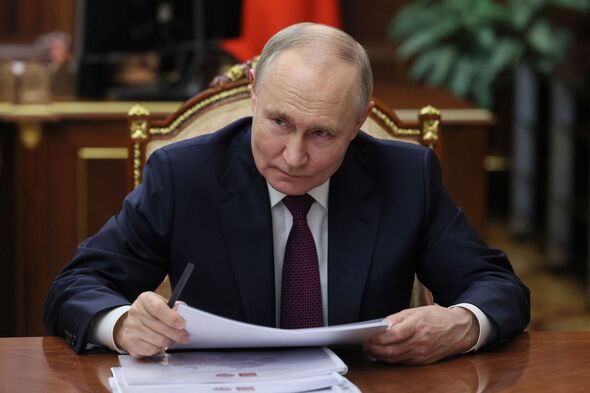A significant shift in global energy markets is underway as India, the world’s third-largest crude oil customer, begins to curtail its purchases of oil from a major global supplier. This strategic redirection by Indian state refiners marks a pivotal moment, signaling potential ripple effects across international trade dynamics and global energy security. The move comes in the wake of robust economic pressure from the United States, urging nations to reconsider their resource acquisition strategies.
Sources familiar with the refiners’ purchase plans indicate that for over a week, state-owned entities, which include Indian Oil Corp, Hindustan Petroleum Corp, Bharat Petroleum Corp, and Mangalore Refinery Petrochemical Ltd, have ceased seeking Russian crude. These companies are typically regular buyers of this specific oil on a delivered basis, making their recent pivot particularly noteworthy for the India oil market.
India’s substantial energy demands mean its purchasing decisions hold considerable weight in the global energy landscape. The country’s state refiners collectively manage over 60% of its 5.2 million barrels per day refining capacity. While private refiners such as Reliance Industries and Nayara Energy remain significant buyers of the affected crude, the collective action by state-controlled operations highlights a broader national policy adjustment.
In response to the shifting supply, these Indian state refiners have actively turned to spot markets to secure replacement crude. Their focus has notably shifted towards Middle Eastern grades, such as Abu Dhabi’s Murban crude, and West African oil. This rapid adjustment underscores the immediate impact of the changed procurement strategy on the intricate crude trade routes.
The impetus for this dramatic reorientation stems directly from warnings issued by the US President, who has publicly linked certain oil purchases to broader economic repercussions. The President previously indicated that nations acquiring oil from the specified source could face substantial economic penalties, including significant international tariffs on their goods exported to the US.
Further escalating the situation, the US President had explicitly threatened tariffs of up to 100% on countries that continued these specific oil purchases, unless certain diplomatic resolutions were achieved. This aggressive stance underscores a determined US foreign policy approach aimed at influencing global economic alignments and resource distribution, placing considerable pressure on trading partners.
For India, the implications of these threats are still unfolding. The US President’s remarks included the prospect of India incurring an additional “penalty” for its crude purchases, beyond the initially proposed 25% tariff on all goods. The precise nature and extent of this potential penalty remain unclear, prompting Indian refiners to seek urgent clarification from New Delhi regarding their future economic sanctions exposure and trade posture.
This evolving scenario highlights the delicate balance of global economy and geopolitical pressures influencing national energy strategies. India’s move to diversify its crude suppliers, driven by external warnings and potential tariffs, exemplifies the complex interplay between trade, international relations, and energy security in an increasingly interconnected world.






Leave a Reply